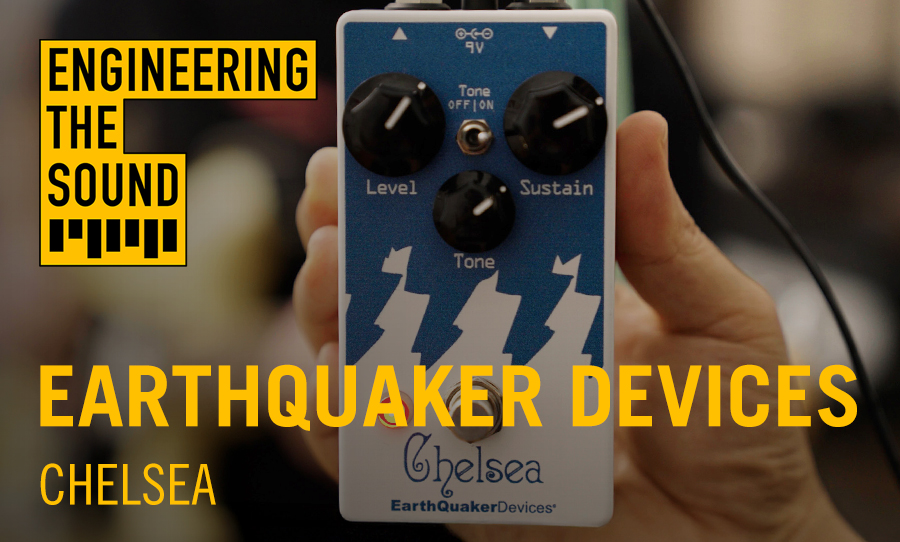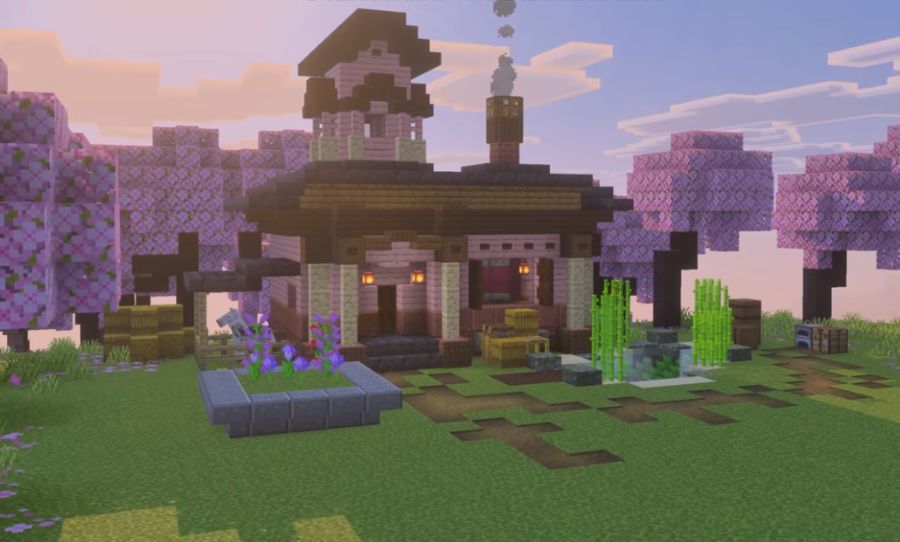A battle of the gas giants will have all space lovers’ eyes to the sky this December, when Jupiter and Saturn appear to collide in a once-in-a-lifetime event.
Based on all scientific estimates, life will be possible for but a grain of sand on the lifespan of the universe. You could say we’re all pretty lucky to be here right now reading this article. On the other hand, you’re probably not as lucky as the guy who found a 4.5 billion-year-old space rock worth millions fall through his roof.
However if you’ve got some time free during December, you’ll likely be able to catch a glimpse of Saturn and Jupiter coming so close to each other, they’ll look as if they are a single shining planet in the night sky.

Scientists say Saturn and Jupiter have been trailing each other across the night sky over the past few months. They’re expected to end their cosmic dance to our western horizon an hour after sunset on December 21st.
These types of events are typically called a grand conjunction, which occurs roughly every 20 years. However, the extremely close nature of this conjunction will make it extremely rare – the last time these two gas giants came this close was observed in 1623.
In fact, the two will come so close to each other, they will be at a visual distance of a fifth of the diameter of Earth’s Moon. That’s some sexy space tension right there.
How to watch the conjunction
For those in the Northern Hemisphere, if you look into the southwestern sky shortly after sunset, you should be able to see the pair beaming in the night sky. You can see the two with your naked eye in light-polluted areas, just look out for two small dots in the sky towards the western horizon and you’ll see Saturn (smaller) gaining upon Jupiter (larger). For those in the Southern Hemisphere, just look to the western sky to see the goods.
When the conjunction occurs it’s likely people across the world will see it a little differently depending on degree of twilight, where they are, and of course how good their eyesight is.
If you’ve got a telescope you’re going to want to bust it out, because it’s unlikely you’ll see a space event like this until 2080. The space race has started and if you’re destroying your liver this fine Saturday evening, be sure to keep an eye to the sky.



